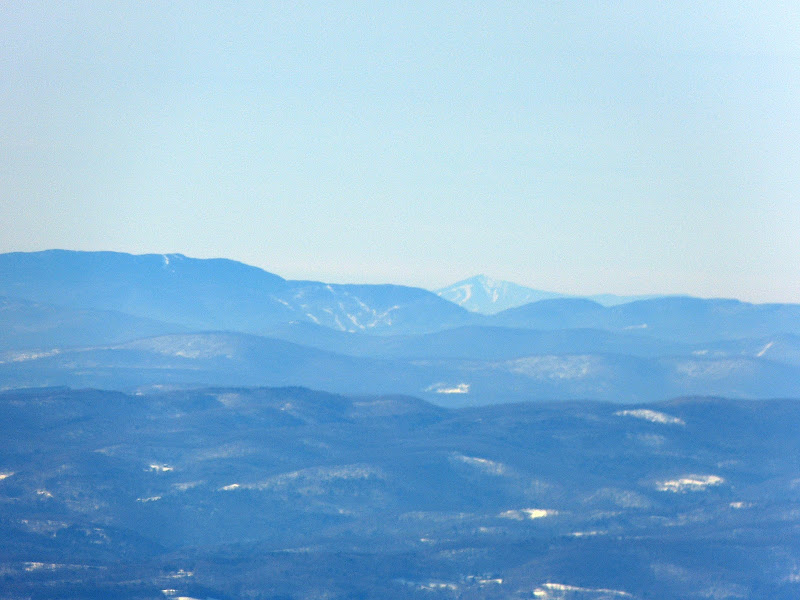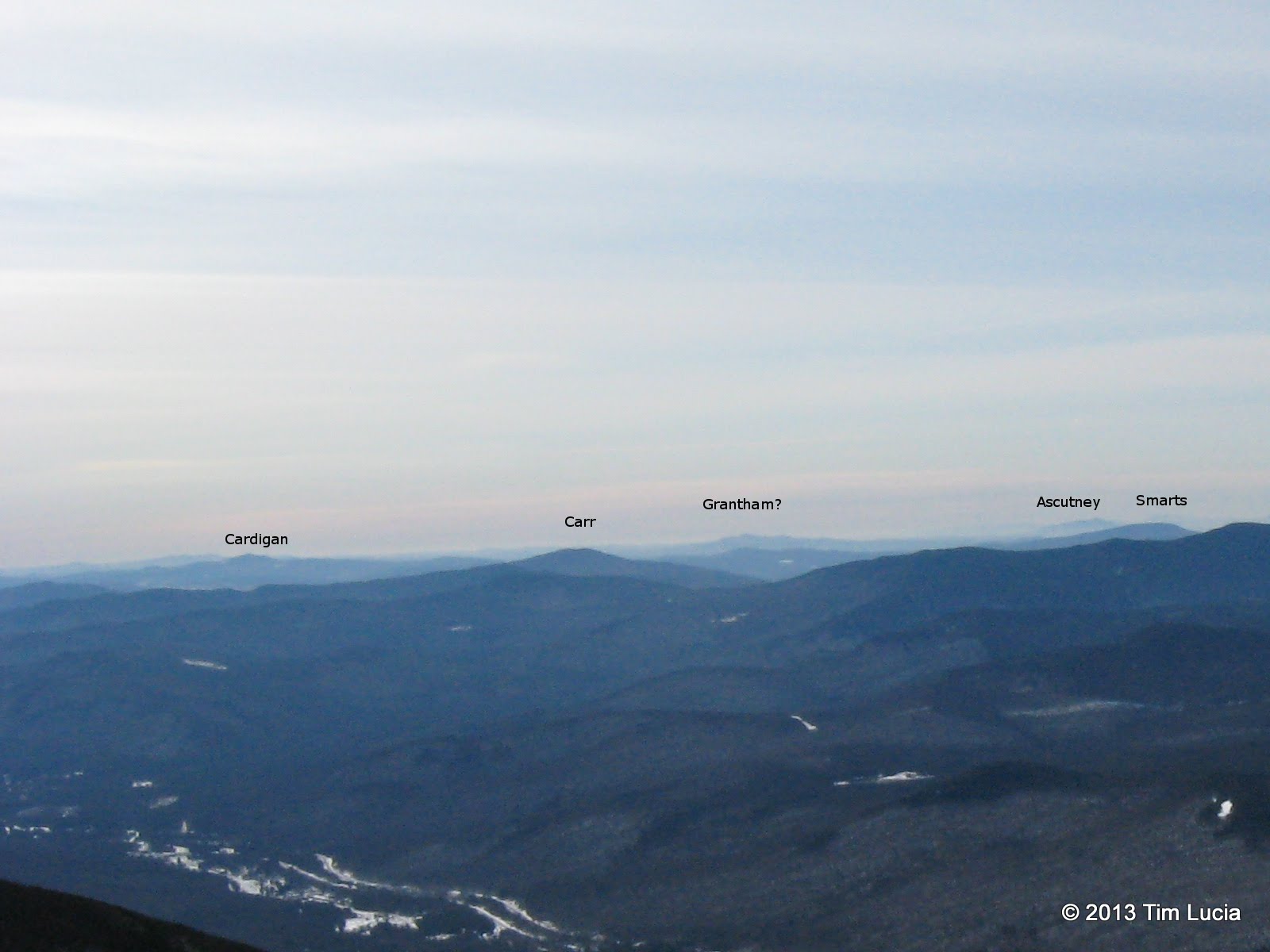DougPaul
Well-known member
As long as the coal-fired power plants aren't running...From a layman's point of view as a point of comparison - air clarity in the 4 corners region of the US is about as high as anywhere in the country due to low humidity, low pollen count, etc.
Geometrically, the horizon is:There must be several on this board with the technical expertise necessary - is it theoretically possible to see the ADK's from the Franconia Ridge - let's assume an elevation of 5K' - even if we discount air clarity?
d ~ 1.22*sqrt(h)
for d in miles, h in feet.
And if you take average atmospheric refraction into account:
d ~ 1.33*sqrt(h)
Ref: http://en.wikipedia.org/wiki/Horizon
Thus, one could see 94 miles from a 5K ft lighthouse over sea level ground and one could see another 5K ft lighthouse at twice that distance (188 mi). The real answer to whether one should be able to see the DAKs from the Whites depends on the intervening terrain.
Doug



